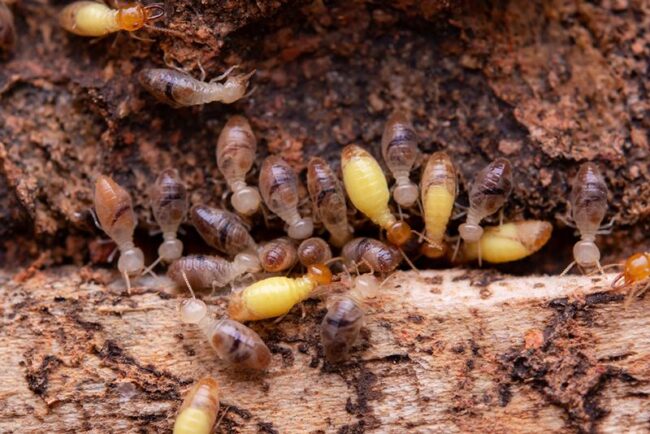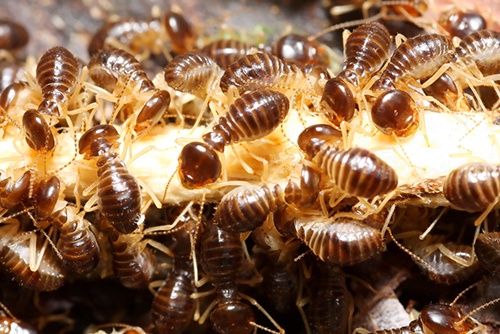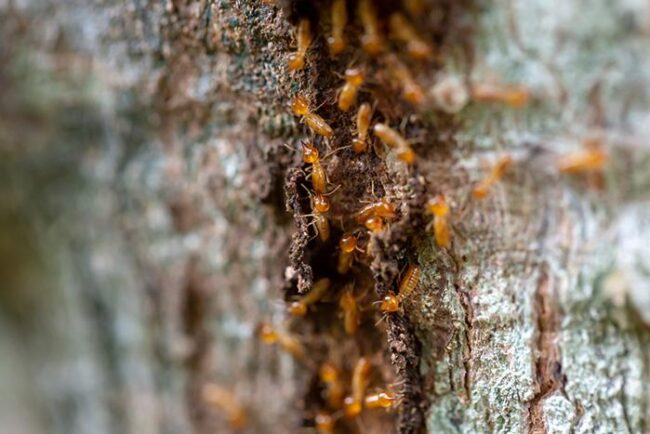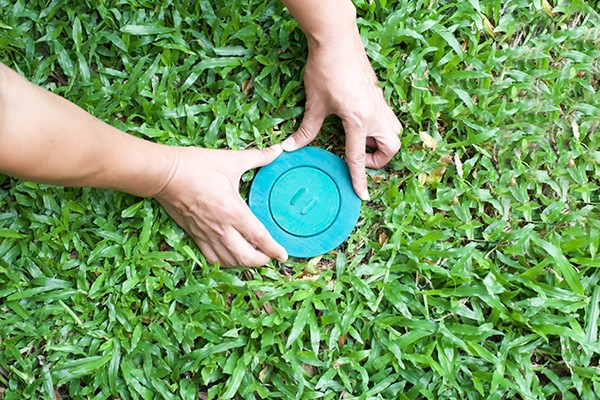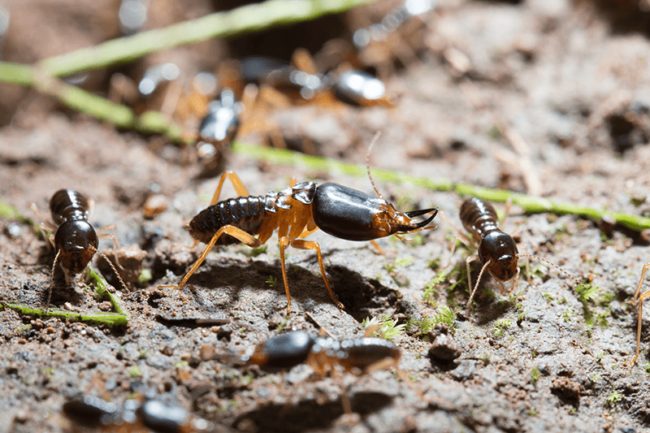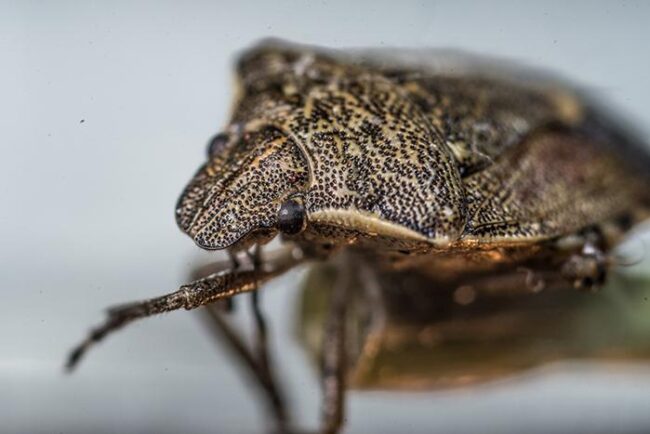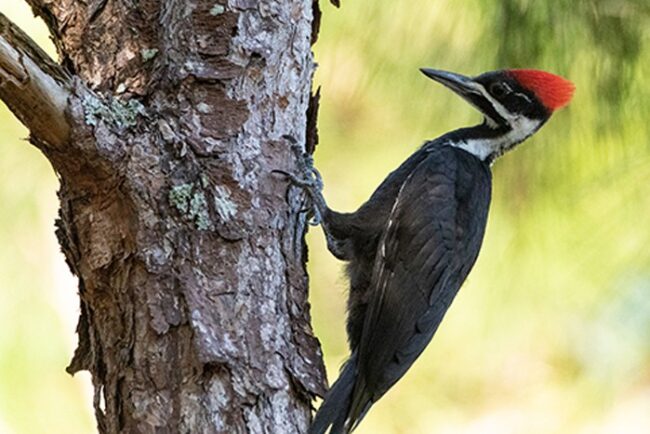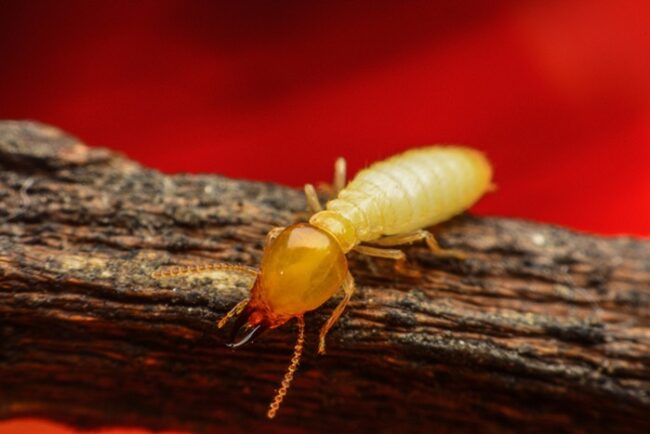Important Termite Inspections
Termites are a very big problem to home owners. They’re almost invisible, completely quiet and have the potential to cause extensive damage before a homeowner ever recognizes that they have a problem. Termites are active in 49 of the 50 states (Alaska is too cold to sustain them), and cause more than $50 billion in property damage every year. You can imagine that there are a great many benefits to having a termite inspection on the home you are considering purchasing. Termite inspections are extremely important if you’re buying a home or living in one. Let us tell you what the reasons are.

